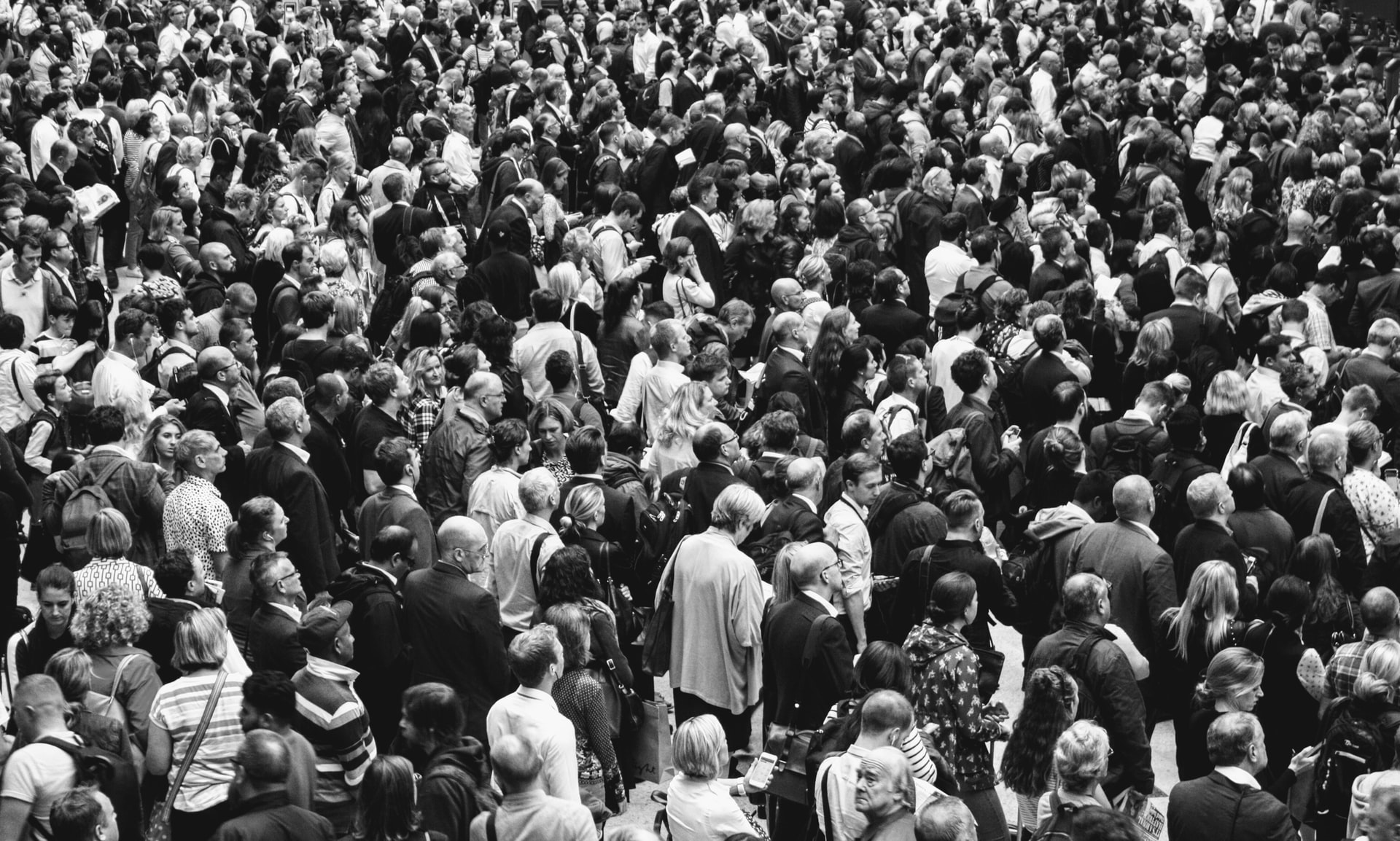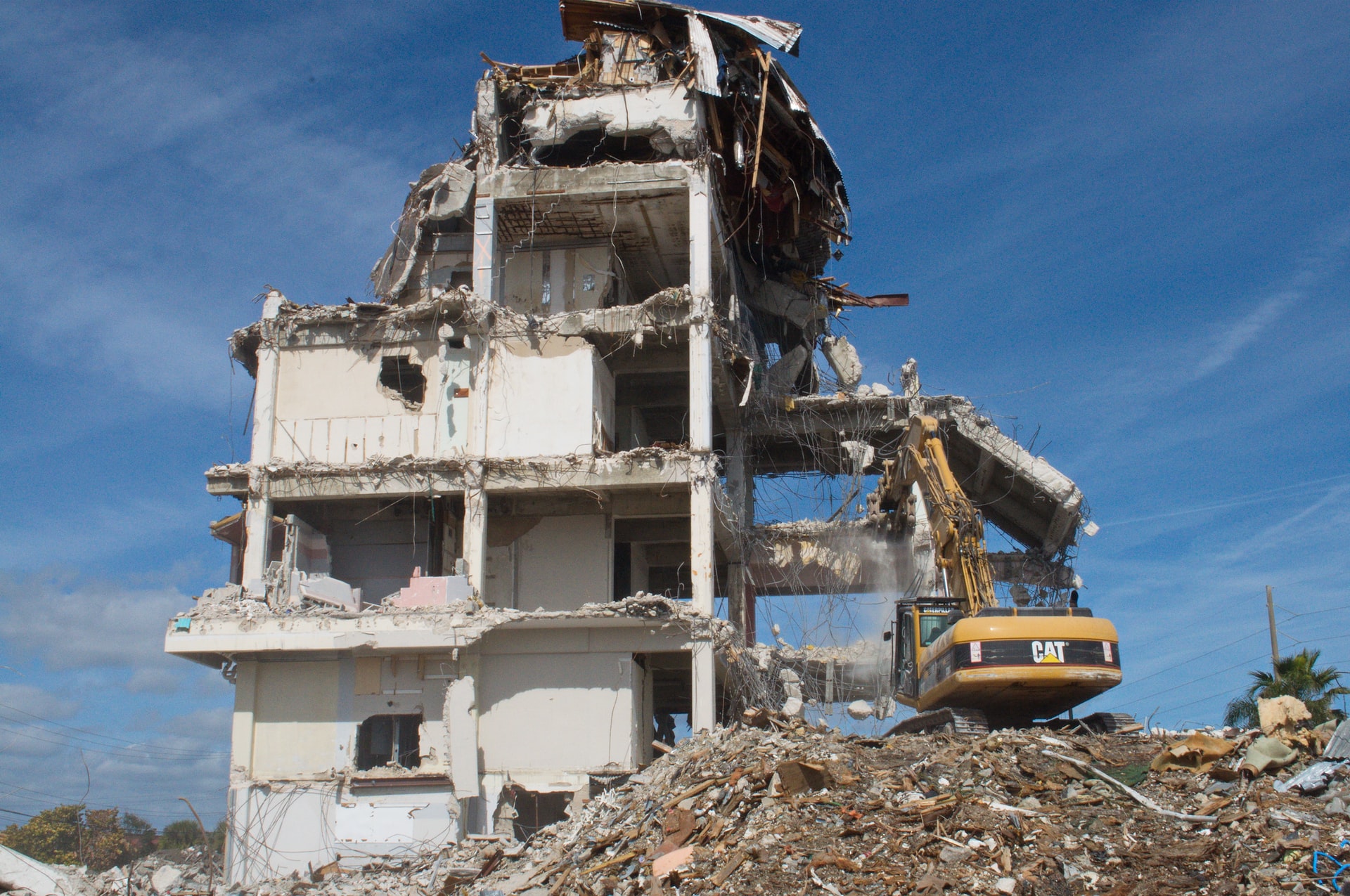Christmas is a time of joy and festivity, but the joy sometimes fades away much quicker than we would like. By turning attention directly to the birth of Christ, can we recapture something of a more permanent joy and rejoicing to help us through life with more optimism and hope?
How can Jesus uniquely be called the Son of God? Does calling him the Son of God make him Deity in any sense? What is Jesus claiming when he says he is the Son of God? All these questions and more are considered in this episode.
How should we read the Old Testament in the light of Jesus? Do we even need to pay it any attention now that Jesus has come? We consider what it means for Jesus to fulfil the Old Testament and find that, when Jesus reads and applies the different parts of the Hebrew Bible, he shows us how to bring it to life in our lives as Christians today.
A new series to turbocharge your Bible reading! We're starting a series of introductions to books of the Bible to give you a head start on how they are structured and what the main themes are to look out for. We start right at the beginning, with the book of Genesis.
In past centuries, going to church was a deeply embedded part of how western society worked. But today, with so much emphasis on personal faith and opportunity to do community activities outside church, is there any point in being part of a religious group and meeting with people? We discover three key reasons: Support, Diversity and Magnifying.
When we are downcast and discouraged, is there anywhere we can turn to in order to feel valued again? And do Christianity and the Bible have any wisdom and encouragement to offer? Jesus directly addressed the "poor in spirit" in his famous Sermon on the Mount and it's just as relevant and powerful today as it was when he originally spoke those words.
We chat to author, Martha Sales, about her zany novel, The Enormous Tiny Experiment, and how a perfect world free from suffering is all but impossible. The conversation ranges from the New Atheists and questions about suffering to plate tectonics, go-karts and the universal existence of morality.
Exploring how churches were organised, we find ourselves discussing the significance of sharing the bread and cup of wine to remember Jesus. As in previous episodes, there are some similarities with churches today, but also some differences that are worth reflecting upon.
It’s been trending for some time now. Christian deconstruction is a phenomenon that is hard not to notice. But once the deconstruction bug has bitten, is it possible to build a resilient faith back up again?
We investigate the many and varied Biblical images for the judgement and discuss whether we should think that any of those word-pictures and metaphors describe what will actually happen - or are they designed to teach us something else?




